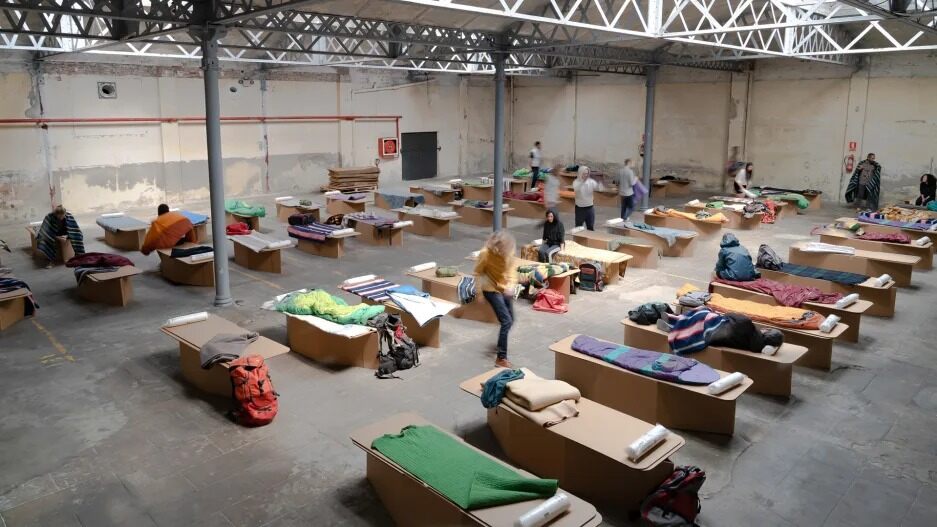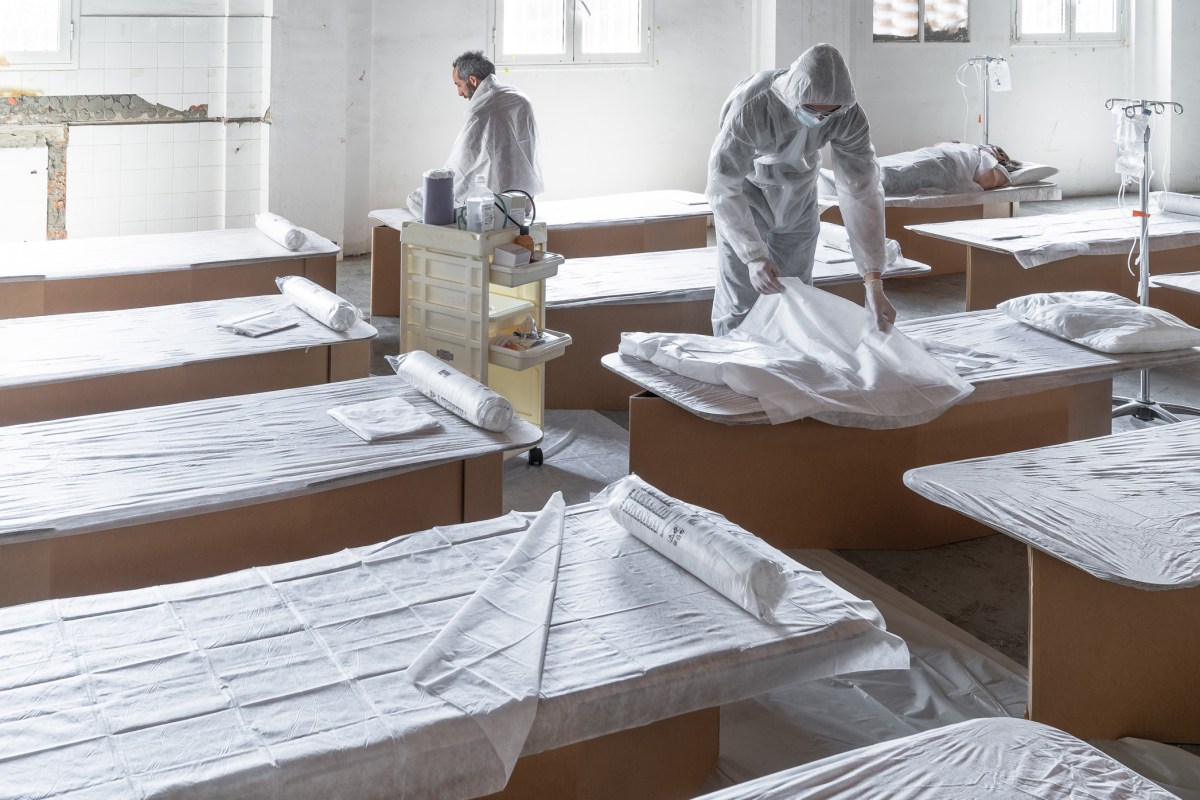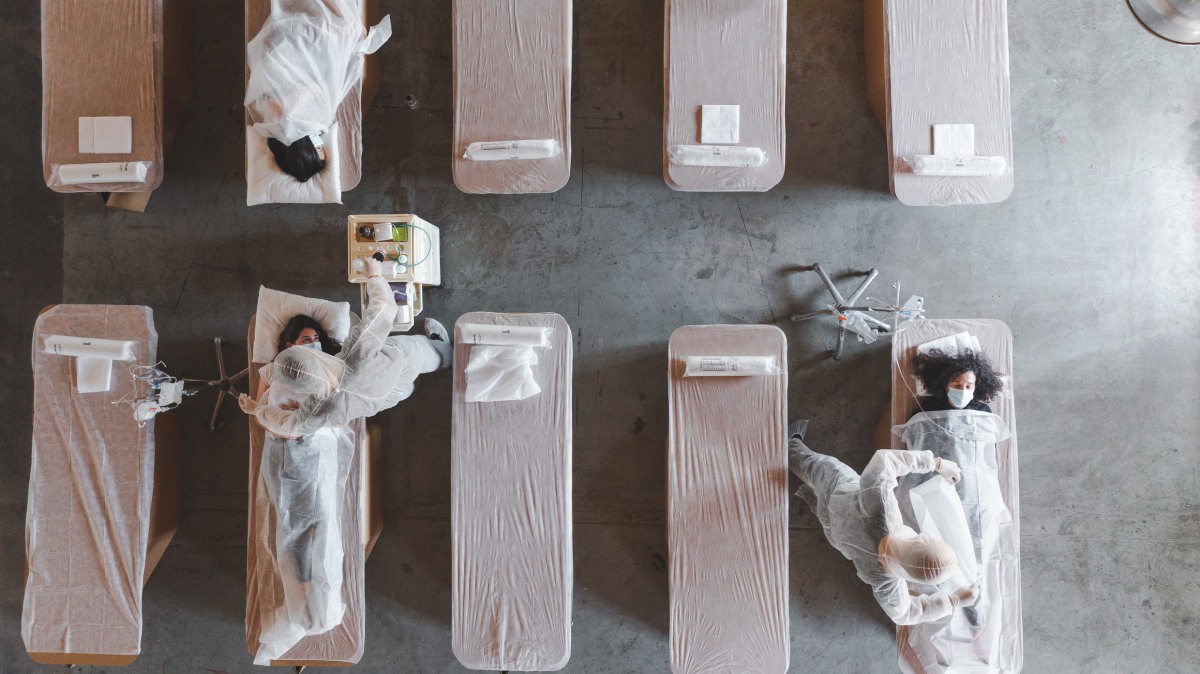- | 8:00 am
This simple design turns cardboard into an emergency bed in seconds
Designed for disaster relief, this flat-packed cardboard bed is cheaper and far easier to move than typical beds used in emergencies.

It looks like a flattened cardboard box. But with a few folds, a new design transforms into a low-cost bed that can be used at shelters after a disaster.
“It’s one of the most in-demand, basic pieces of equipment for an NGO, yet there are no beds specifically designed for humanitarian work,” says Juan Sanz Molina, cofounder of Humanitaria, the Madrid-based startup that designed the cardboard bed. “NGOs often use camping beds, which are expensive to acquire, slow to assemble, and difficult, or even impossible, to transport by air.”

It’s the first product from Humanitaria, which decided to work with cardboard because it was the cheapest option for a rigid, lightweight material, making it possible to cut the cost of a bed by as much as 90%, to around $18. It’s also fast to produce in existing packaging factories.
By working with packaging manufacturers, “we can take advantage of [the industry’s] benefits, including minimal production costs and significantly faster production speeds,” Sanz says. “This ensures that we can respond to any specific demand promptly, in a matter of hours rather than weeks.” As many as 24,000 beds could be produced in a day, he says, twice as many as camp bed manufacturers might produce in a month.
The designers developed the initial concept—a bed that could be easily manufactured and assembled—relatively quickly, he says. It took more time to tweak the design to make it both the right size for simple transportation and storage, and strong enough to hold more than 700 pounds. (The strength comes from multiple layers in the cardboard itself, two sheets of cardboard in the mattress area, and carefully planned folds in the design.)

When the beds are folded flat, 100 of them can be stacked on a pallet, saving space at logistics centers and making it possible for the beds to fit on a plane. When they’re ready for use, the beds can be assembled within seconds, like a cardboard box.

The bed isn’t designed for comfort, though Sanz says that NGOs will likely provide thin mattresses and blankets, like they do with basic camping beds now. It’s also sturdy enough that it can be used in makeshift hospitals while doctors provide emergency medical care.

The startup has scaled up manufacturing at a factory in Spain, and the first beds will be tested by the Spanish Red Cross this fall in shelters for victims of flooding. The company is also beginning to talk to manufacturers in other parts of the world. Sanz believes that the bed can quickly begin to replace the status quo in humanitarian shelters because of the low cost and ease of use. (It’s also more sustainable than a metal camping bed, using a relatively small amount of a material that’s recycled, recyclable, and biodegradable.) “It’s a revolutionary product aimed at a traditionally conservative sector that’s beginning to realize the need for innovation,” he says.






































